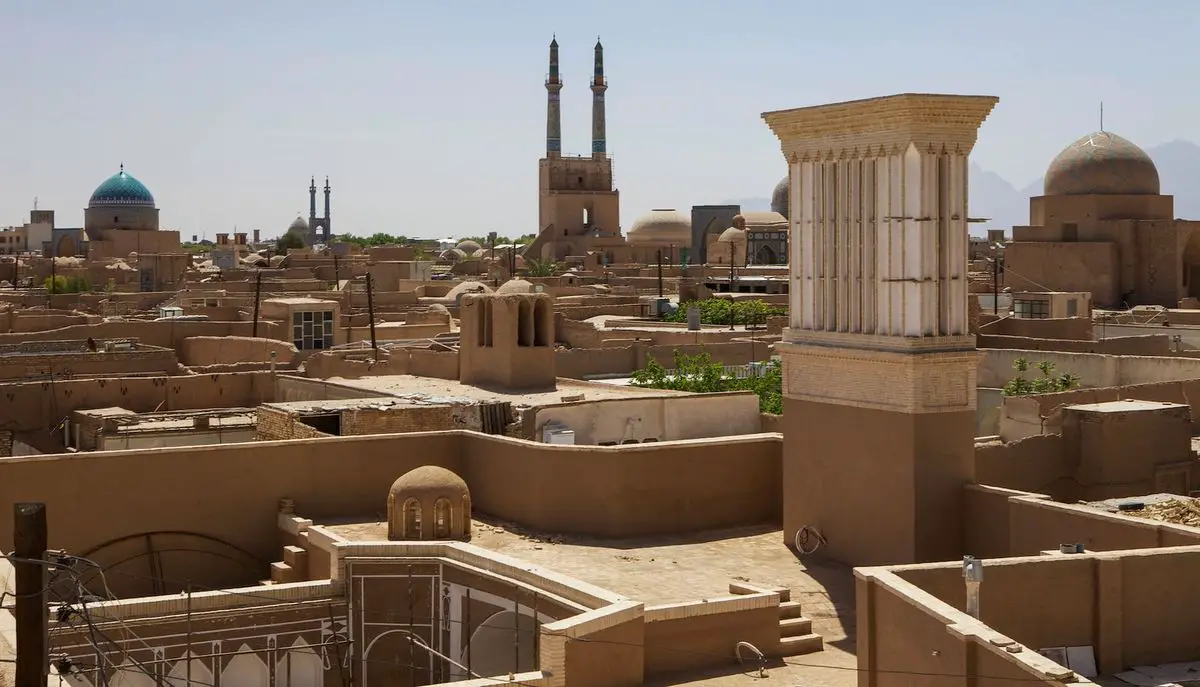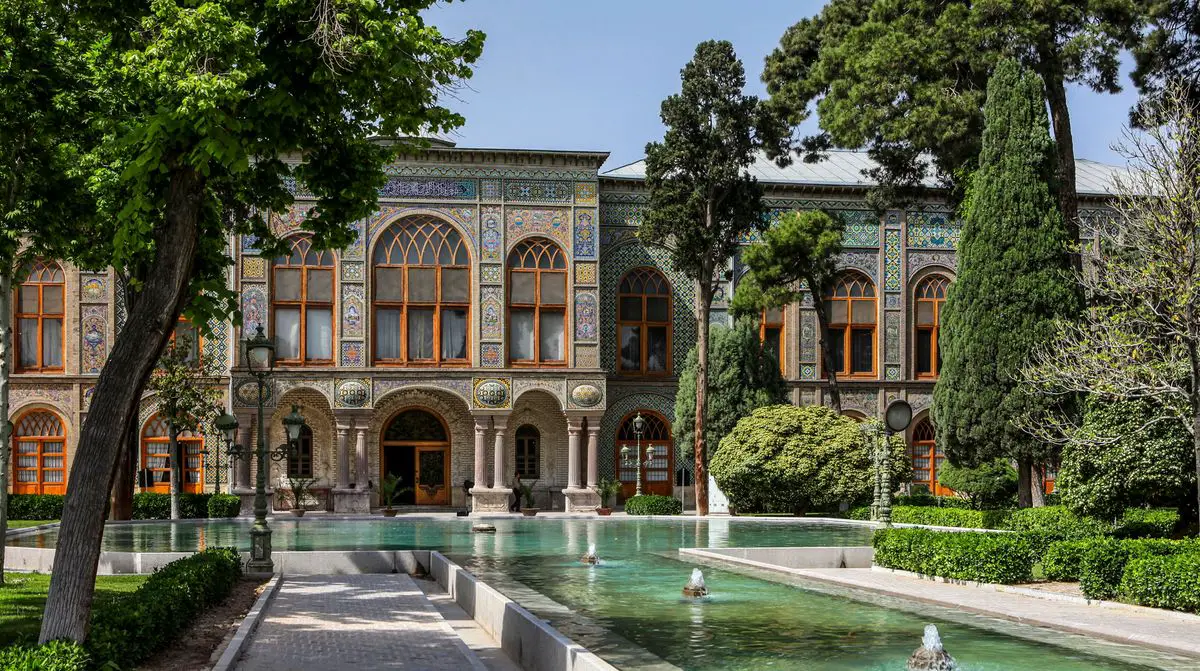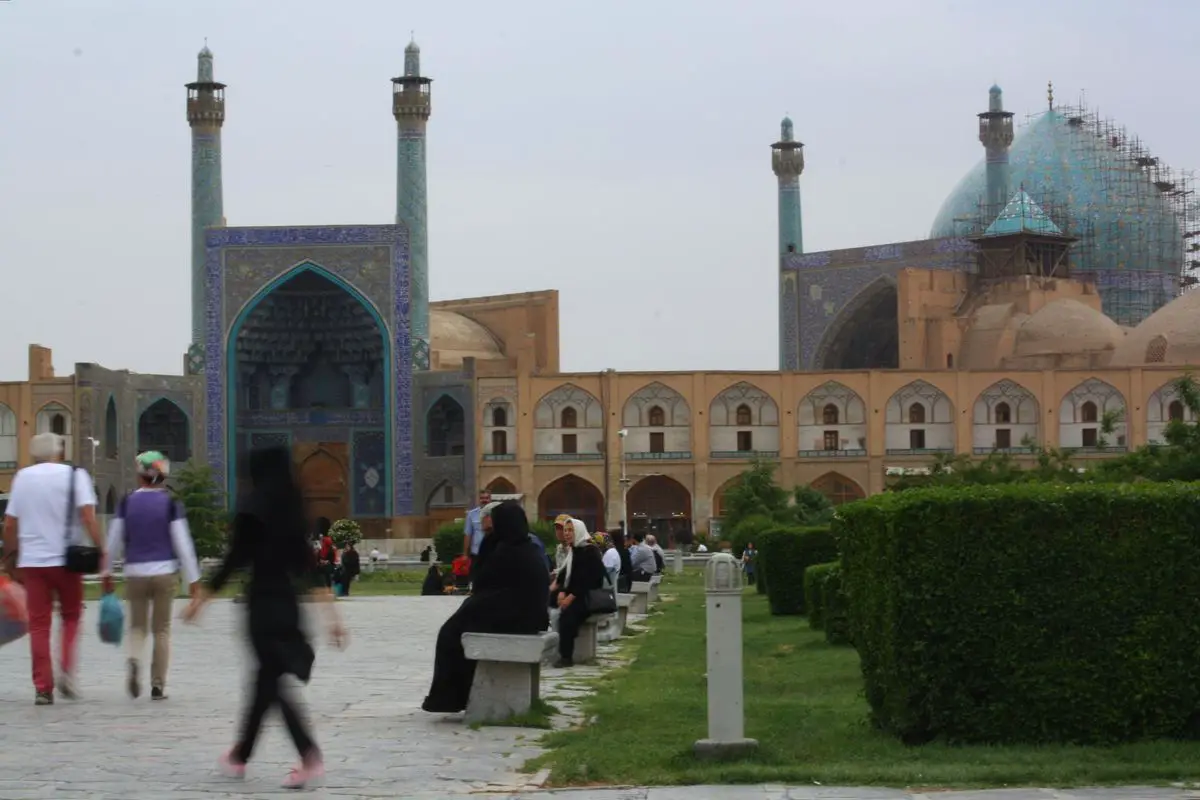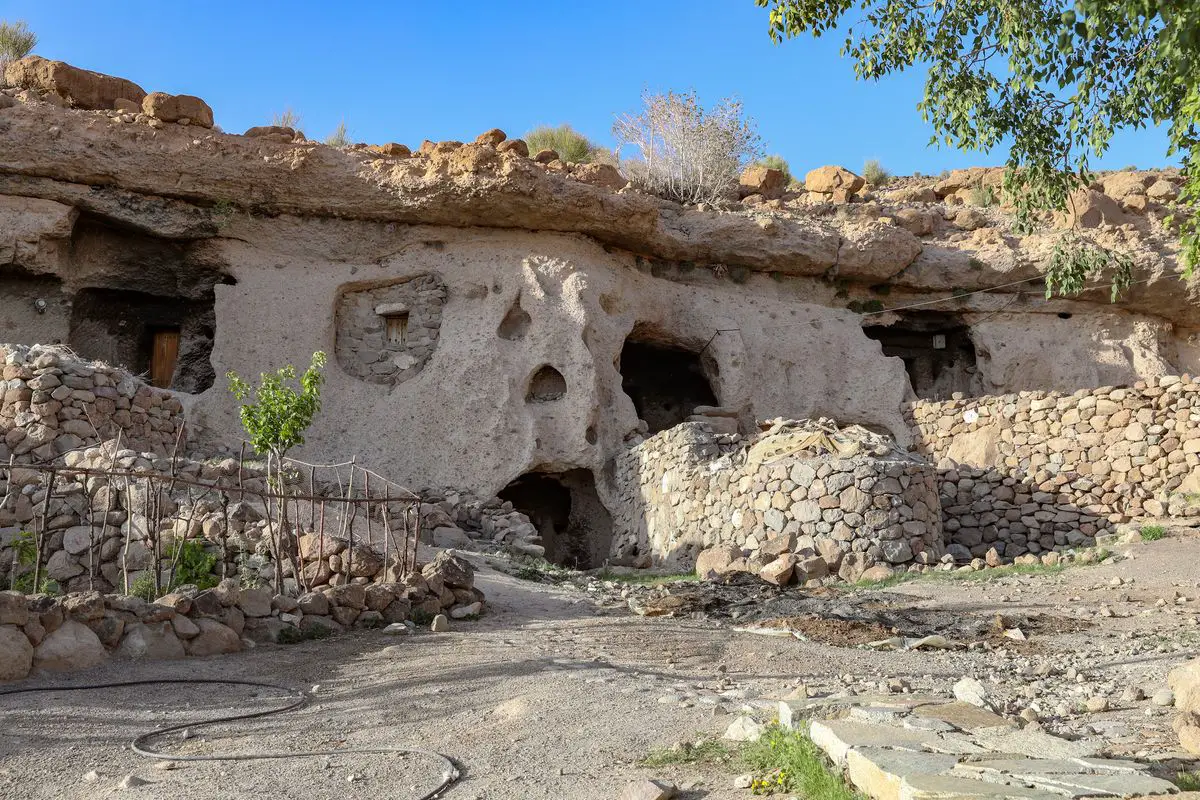Wondermondo 🢖 World 🢖 Wonders of Asia 🢖 Wonders of Iran
Territory
Wonders of Iran
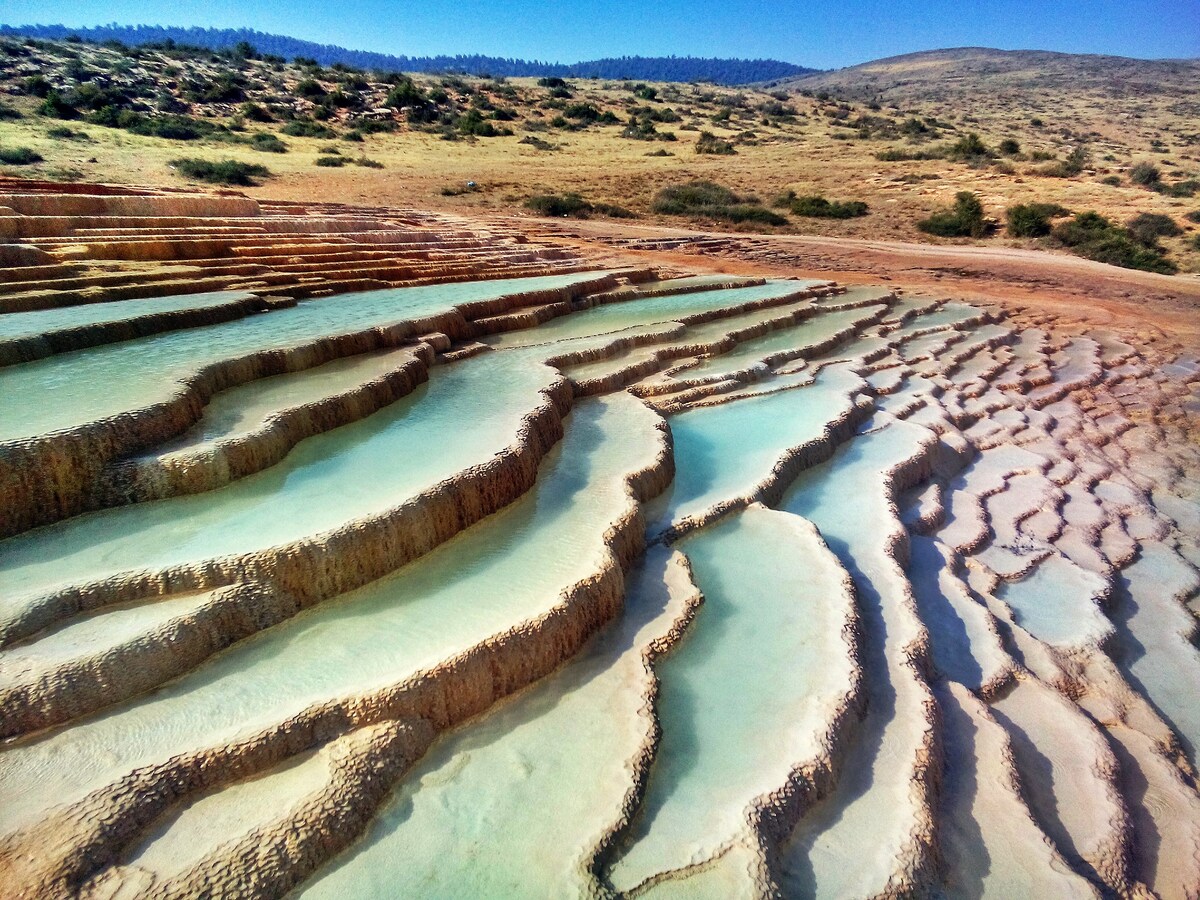
 Highlights
Highlights
Iran is one of the most exciting countries in the world regarding man-made heritage. Here developed some of the most ancient civilizations of the world, ancient people living in Iran developed writing and different technologies. The urban infrastructure of many ancient desert cities in Iran in some aspects is unsurpassed even by modern standards. There have developed distinct, local architectural styles with exquisite, special techniques of ornamentation.
Iran has also very interesting natural wonders but the unique and impressive man-made heritage somewhat puts it in the shade.
Map with the described wonders of Iran
If you see this after your page is loaded completely, leafletJS files are missing.
 Top 25 wonders of Iran
Top 25 wonders of Iran
Geological wonders
3N Cave (Ghar-e 3N)
Hormozgan
The longest known salt cave in the world, 6,580 m long. Czech and Iranian speleologists in 2006 managed to investigate passages of Namakdan salt diapir. They united the Big Ponor Cave and Cave of Tří Naháčů. The cave contains amazing salt formations.
Ali-Sadr Cave
Hamadan
An impressive cave with a river and large lakes inside, can be traveled with pedal boats. The length of the researched part is 11 km, the cave contains beautiful cave formations. Contains also approximately 12,000 years old cave paintings and other archaeological artifacts.
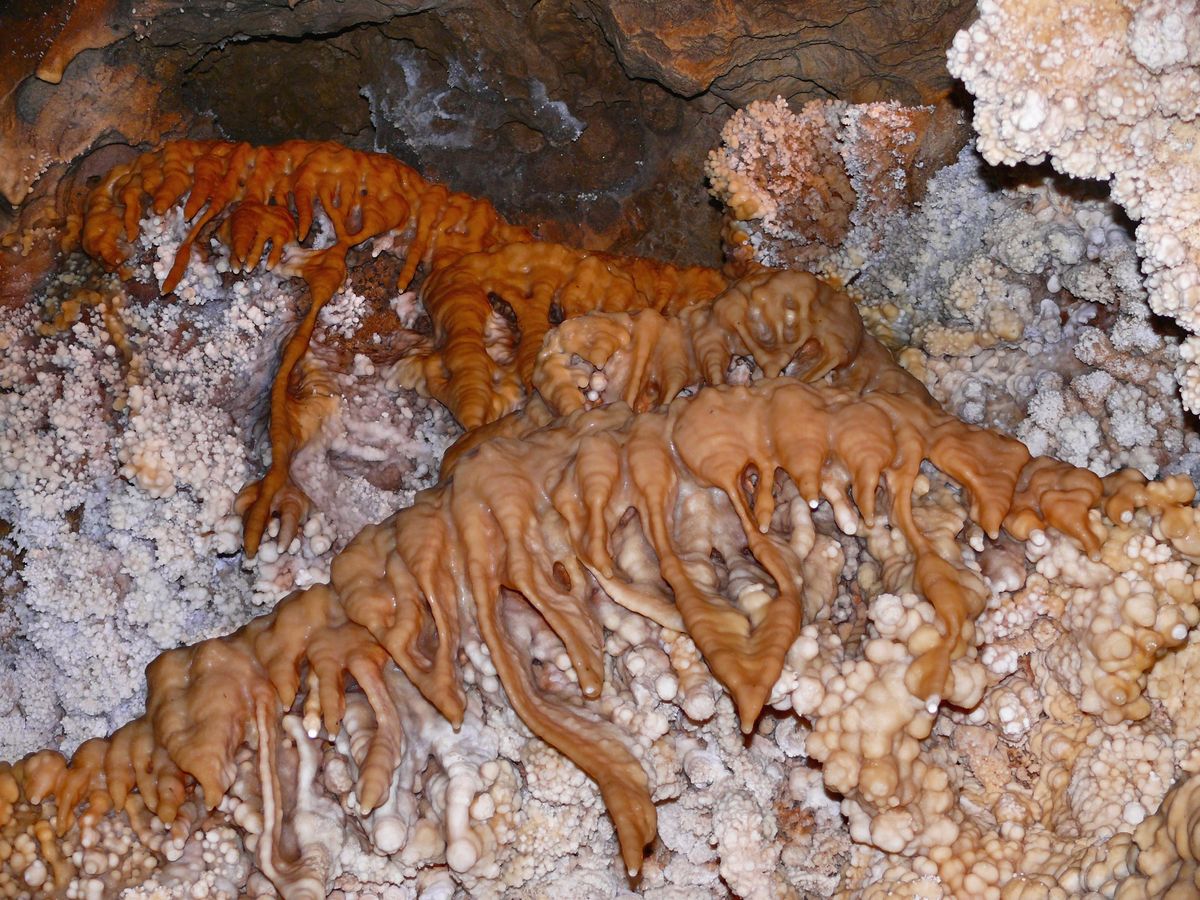
Archaeological wonders of Iran
Persepolis
Fars
The ceremonial capital of the Achaemenid Empire. Its development started in 521 BC on an enormous, partly artificially made terrace. Contains ruins of numerous architecturally impressive buildings such as Apadana Palace, Throne Hall, and numerous others. Contains also numerous valuable sculptures and reliefs. Destroyed by troops of Alexander the Great in 330 BC.

Chogha Zanbil
Khuzestan
The best-preserved remnant of a ziggurat in the world, constructed sometime around 1250 BC. Devoted to the god Inshushinak and other gods. Remnant of the ziggurat is 25 m high, each side is 105 m long.
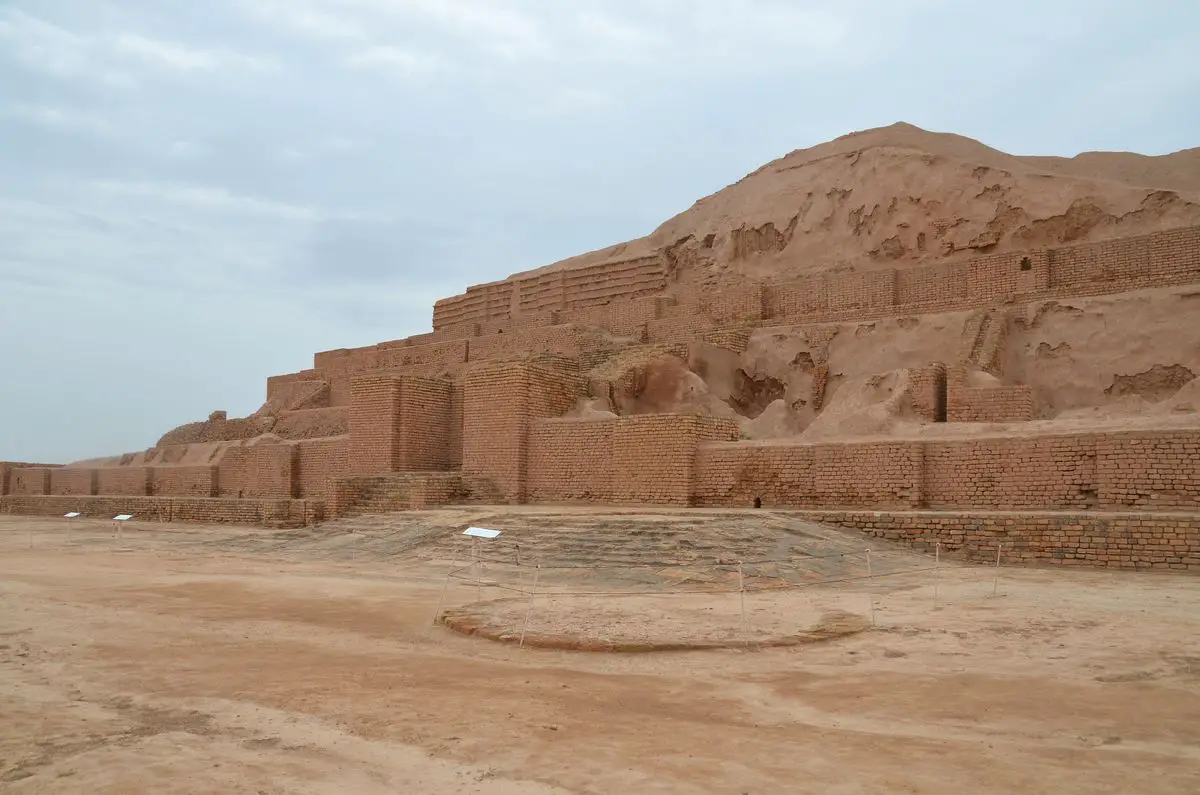
Great Wall of Gorgan
Golestan
195 km long brick wall near the Caspian Sea. Built in the 5th – 6th century AD by Persians.
Naqsh-e Rustam (Nasqsh-e Rostam)
Fars
Group of large rock-cut tombs made for Achaemenid kings since the 6th century BC or earlier. Contain important artwork including enormous reliefs of high artistic quality. In front of it is Ka’ba-ye Zartosht (Cube of Zoroaster) – a cube-formed structure built in the 5th century BC. This 12.5 m high structure most likely is a royal tomb, it contains valuable inscriptions.
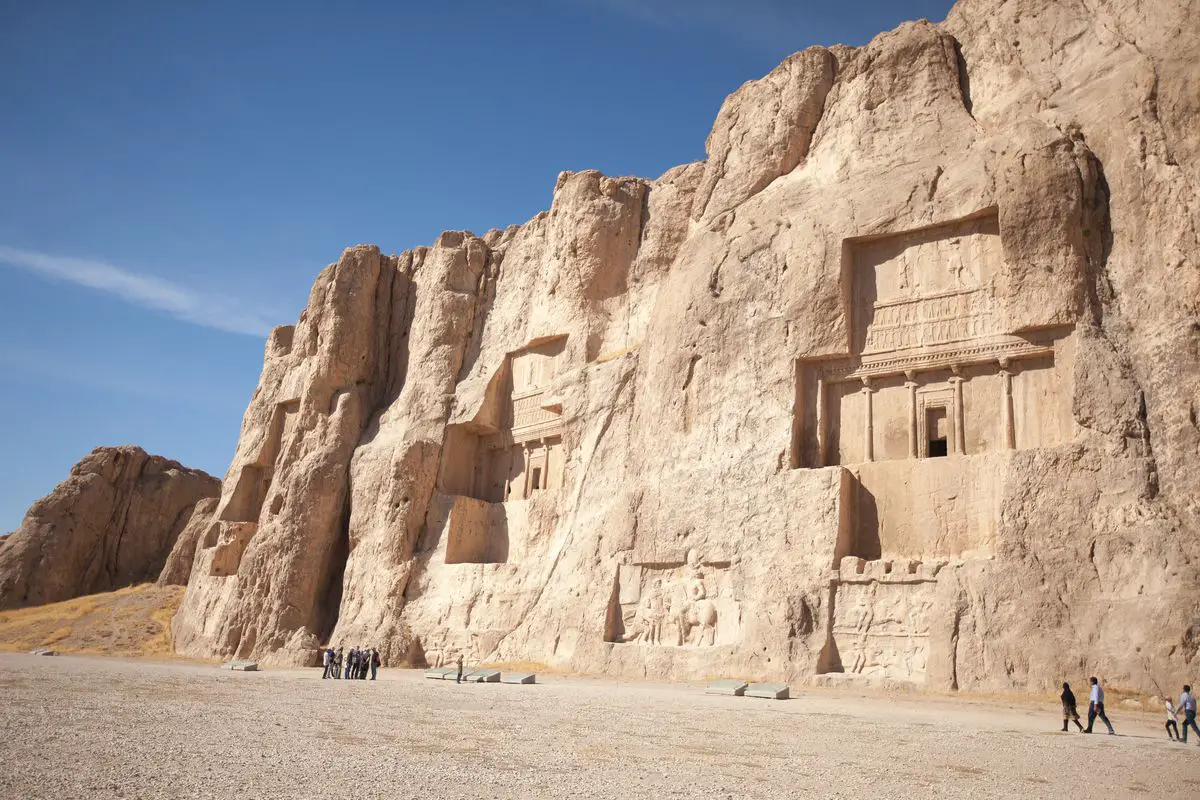
Takht-e Soleymān
West Azerbaijan
An ancient fortified site on a rim of a volcanic crater that was inhabited since the 5th century BC. Includes one of the most important and mysterious Zoroastrian fire temples that housed one of the Great Fires – Adur Gushnasp.
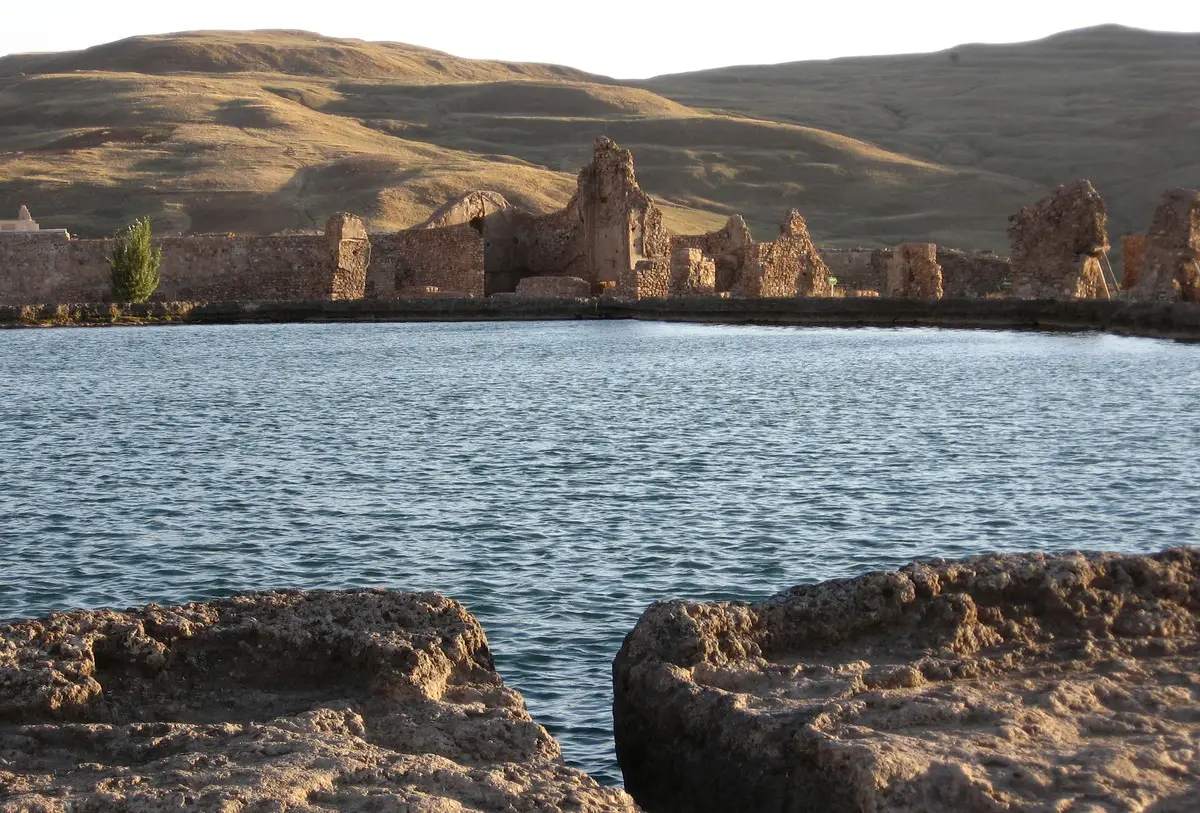
Pasargadae
Fars
The first capital of the Achaemenid Empire, the capital of Cyrus the Great, and his last resting place. Built sometime around 546 BC and left unfinished. An important structure is the tomb of Cyrus the Great as well as the fortress of Toll-e Takht.
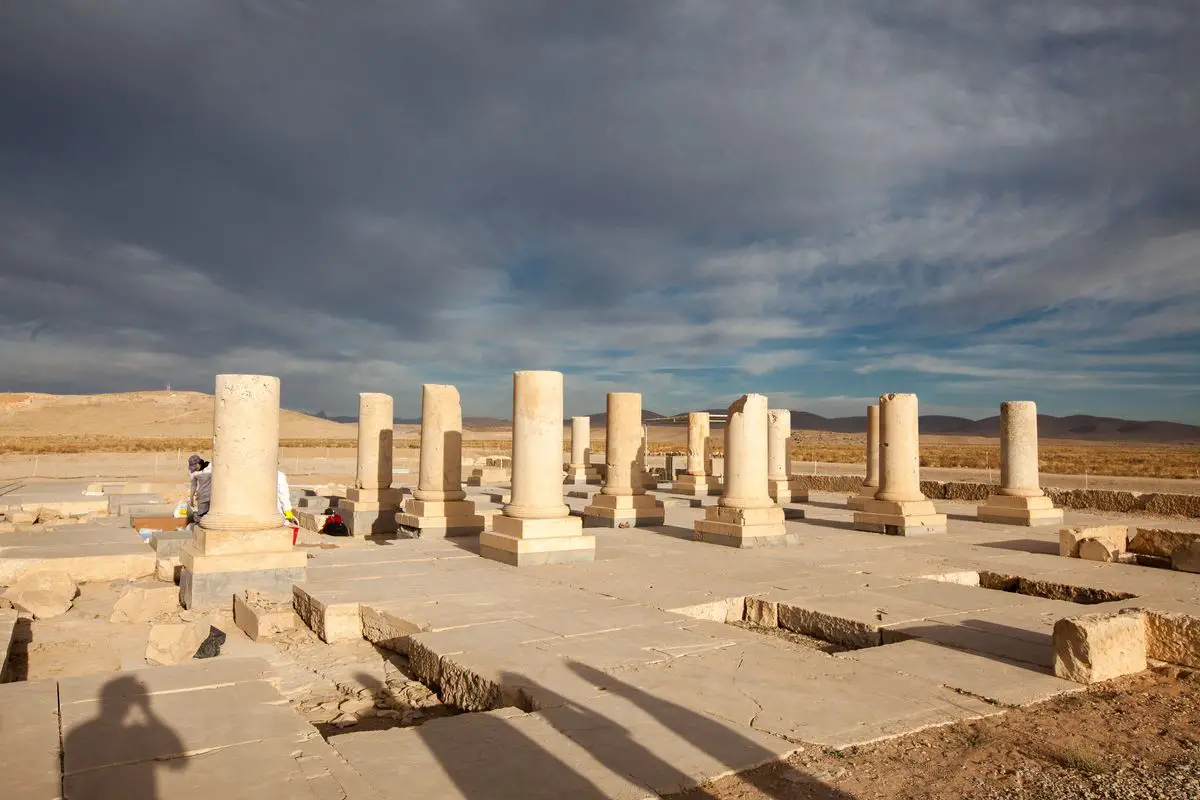
Architecture wonders of Iran
The historical center of Isfahan
Isfahan
Some of the most outstanding architectural monuments of Iran are located in Isfahan, especially around Naqsh-e Jahan Square – one of the most impressive historical city squares in the world. The city has several mosques of exceptional beauty as well as a group of interesting bridges.
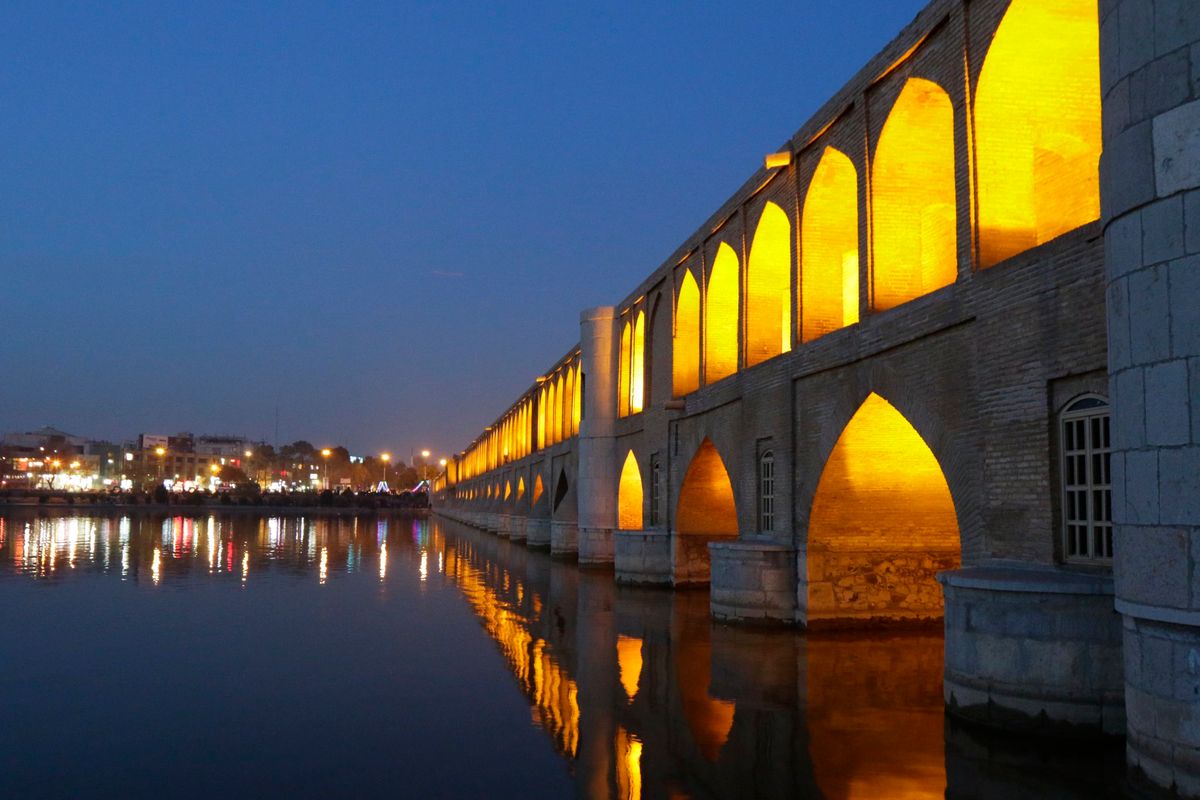
Imam Reza shrine
Razavi Khorasan
An important religious and theological complex, this shrine includes the tomb of Imām Ridhā, the eighth Imām, and the beautiful Goharshad Mosque, various theological educational institutions, and a library. It is visited by 15 – 20 million pilgrims a year. It has been built starting from 818 AD.
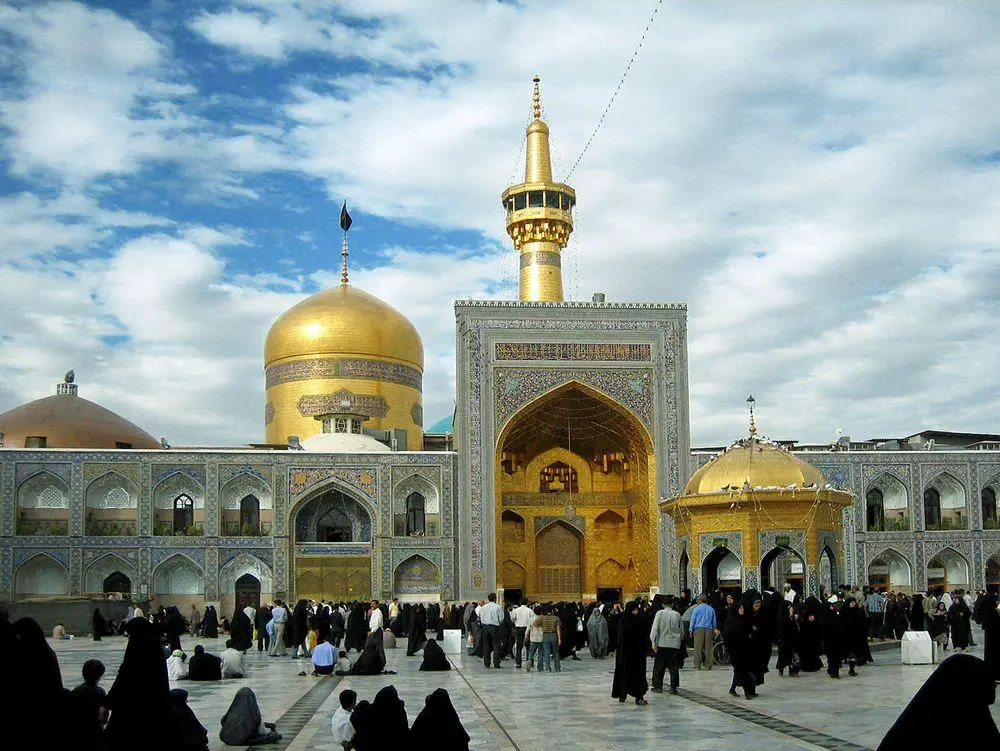
The historic center of Yazd
Yazd
An enormous, authentic historical city built entirely of adobe. It is characterized by multiple beautiful houses and amazing ancient desert city infrastructure. Infrastructure includes one of the most sophisticated systems of qanats – an underground water supply system – in the world, as well as a system of wind catchers for ventilation of the city and numerous underground structures. The ancient center of Zoroastrianism with a Fire Temple having eternal fire since 470 AD.
Golestan Palace
Tehran
The old center of Tehran is developed since the 16th century, but in the late 18th century, as Tehran became the capital, there was built a beautiful palace. It was rebuilt in its current form in 1865.
Shah Mosque
Isfahan
One of the masterpieces of Persian architecture. The construction of this mosque started in 1611. Located next to the Naqsh-e Jahan Square.
Abyaneh
Isfahan
Traditional village built of reddish adobe. Besides the stunning visual impression, Abyaneh has interesting traditions including local traditional garments. Villagers for a long time resisted conversion from Zoroastrianism to Islam. Nearby are remnants of two ancient forts.
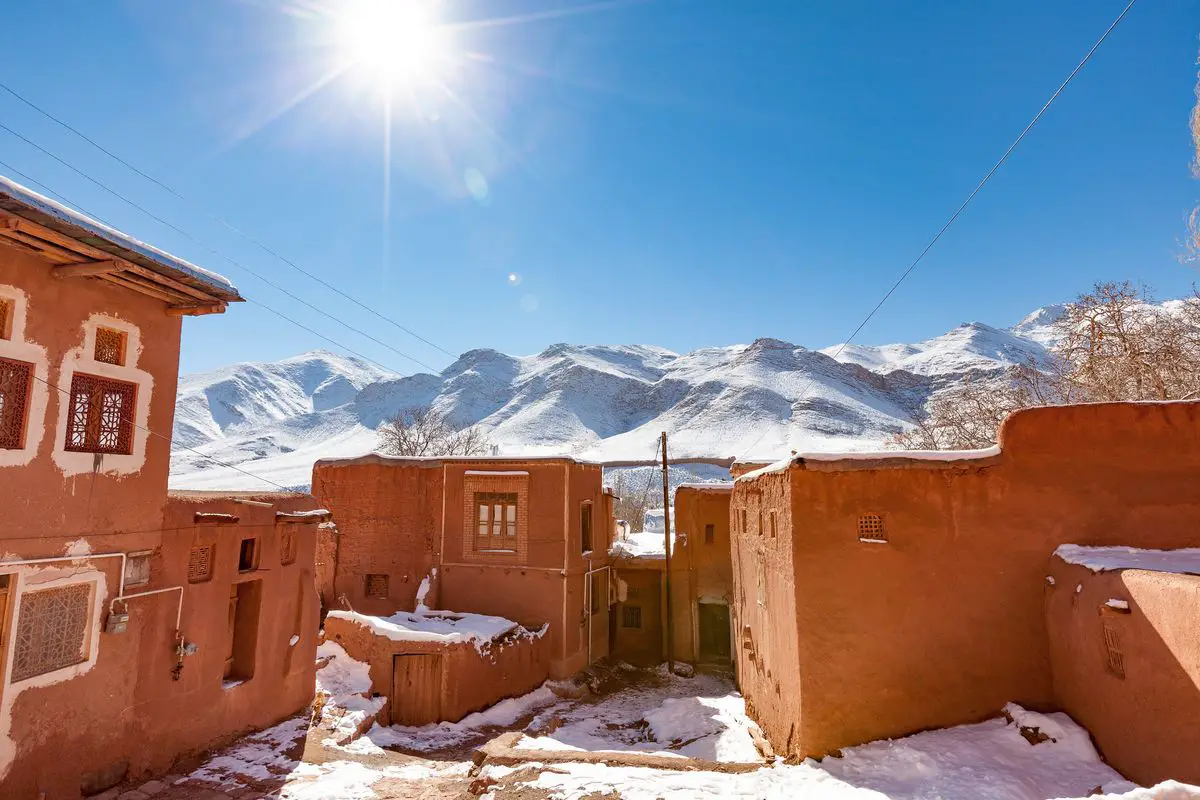
Tabriz Bazaar
East Azerbaijan
Largest covered bazaar in the world, one of the oldest. Important economical center since the times of the Great Silk Road up to this day. Consists of architecturally impressive buildings.
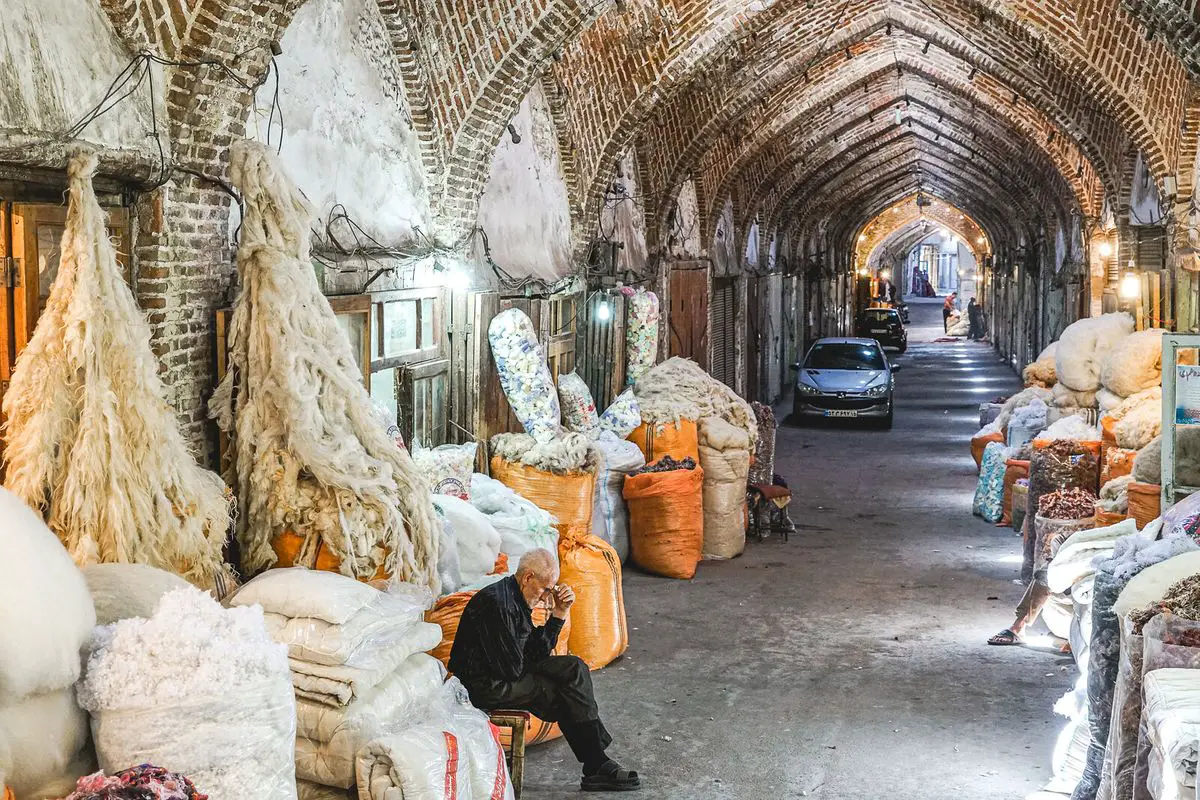
Gonbad-e Qabus (The Sepulcher Tower)
Golestan
Legendary, 72 m tall tower built entirely of brick in 1006 AD. A unique achievement of structural engineering of this time.
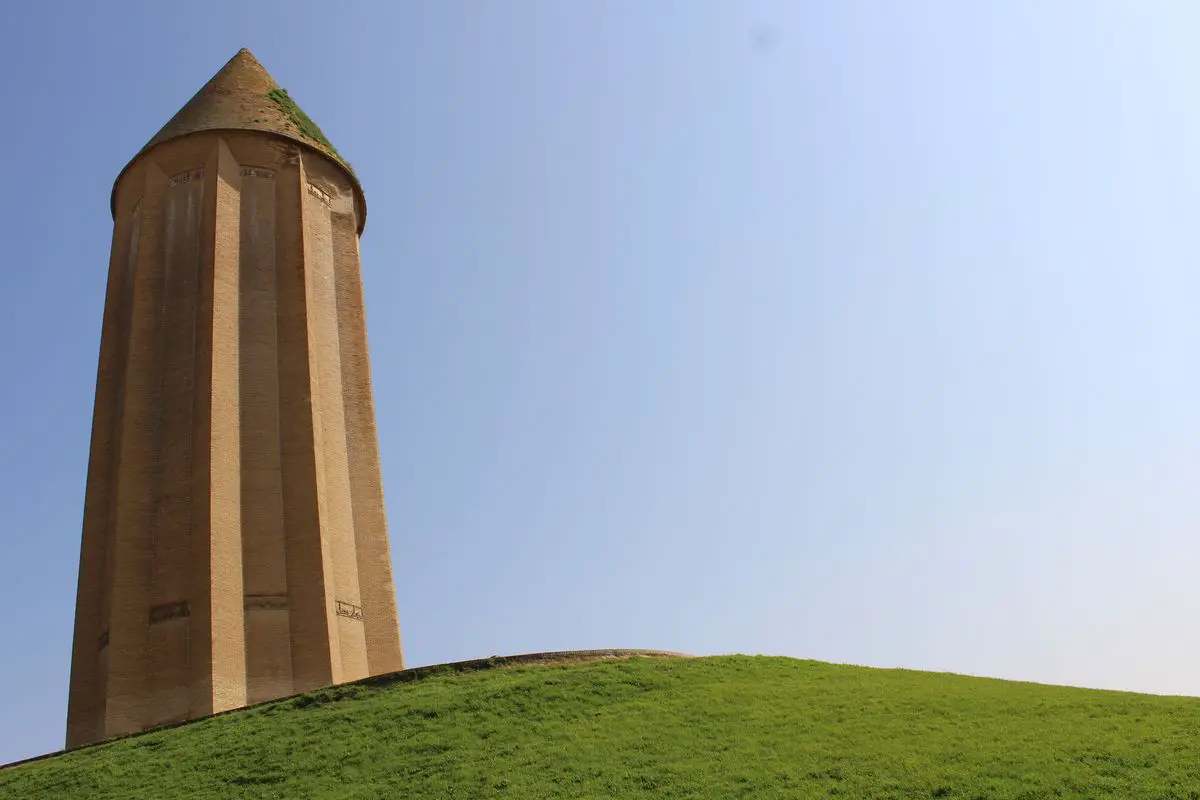
Dome of Soltaniyeh
Zanjan
Mausoleum of Il-khan Öljaitü – a 49 m high structure built in 1312 AD using innovative structural design – double-shell dome covered with turquoise-blue faience. It is the largest brick dome in the world close to the maximum theoretically possible and the third largest dome in the world.
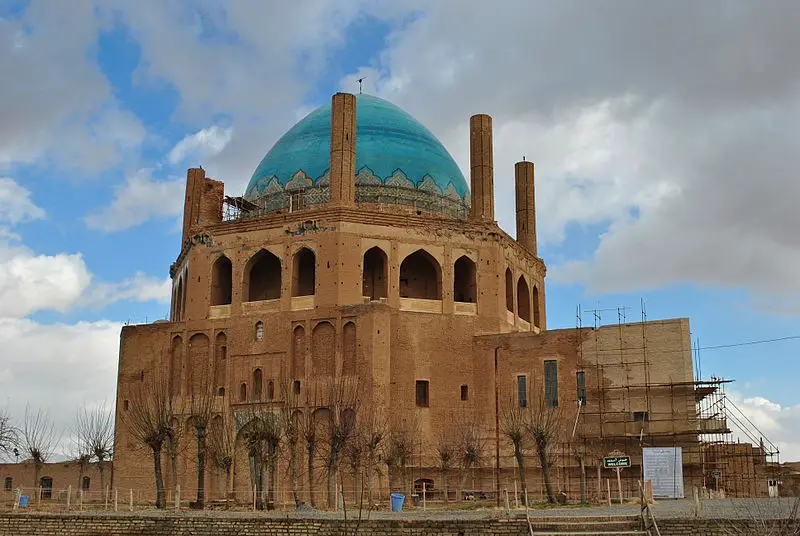
Meymand (Maymand)
Kerman
A unique, very old village that has been hewn in a vertical cliff face and still is inhabited by a group of elderly people. It is believed that it may be inhabited even for 12,000 years long – since the Mesolithic period. In total there are hewn some 350 houses, the village has also numerous stone engravings that are up to 10,000 years old.
The historic center of Shiraz
Fars
This city has been very important in the past and contains numerous monuments of world importance. Chahar Bagh (Charbagh) is one of the first known boulevards in the world: an enormous, 6 km long rectangular park – street developed in the time of Abbas I in the early 17th century. It served as a model of modern boulevards in the world, notably Champs-Élysées boulevard in Paris and the Gardens of Paradise at the Taj Mahal.
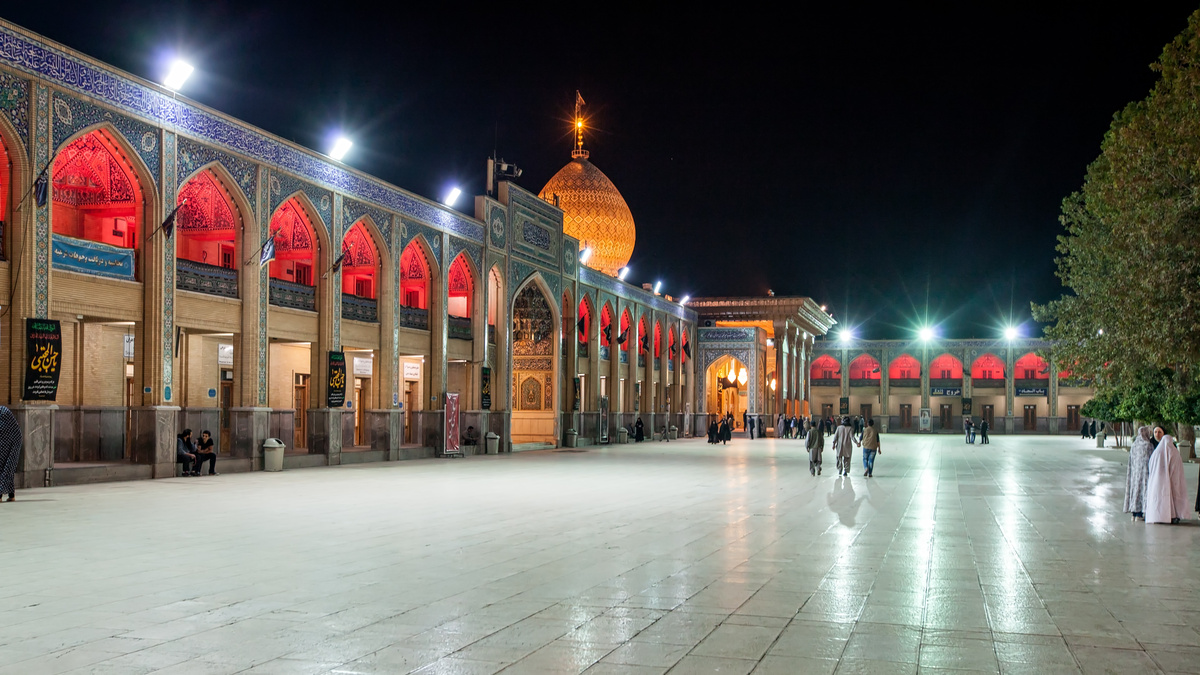
Alamut (Alamout)
Gilan
Mountaintop fortress of great historical importance, located on the top of a cliff rising 220 m above the surroundings. In 1090 – 1256 AD it served as a major stronghold of the influential, legendary Nizari Ismaili state (so-called Assassins).
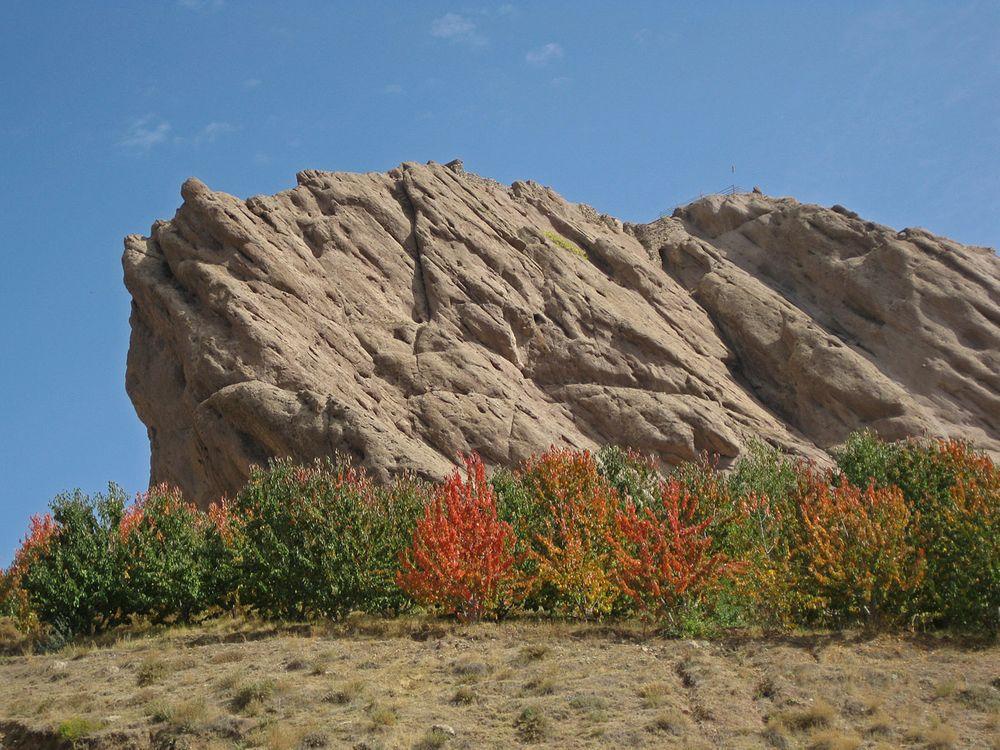
Masouleh
Gilan
So-called “yellow village” that was built on a steep slope of a forested mountain. It consists of yellow-colored houses that are partly built into the cliff and often connected with underground passages. Roofs of the buildings serve as streets and courtyards of other buildings. This Talysh village was founded in the 10th century AD.
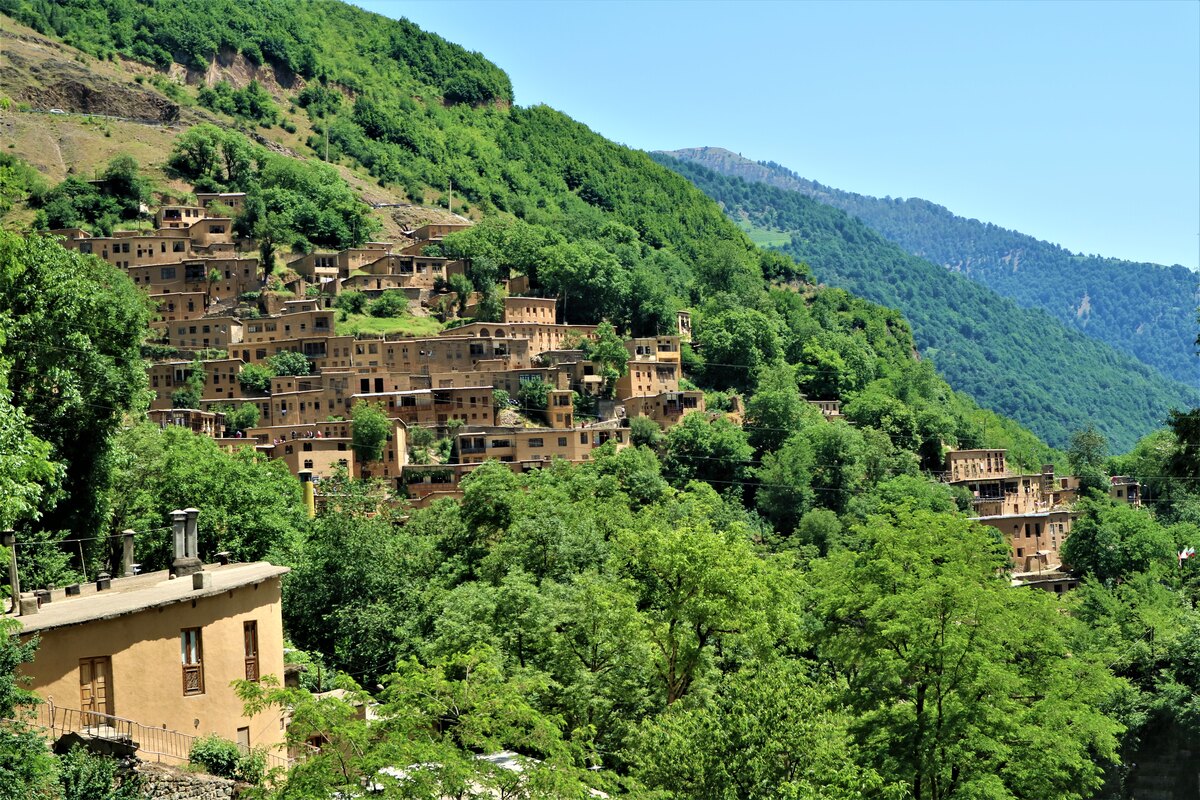
Towers of Silence at Yazd (Dakhmeh of Yazd)
Yazd
A pair of ancient mountaintop structures – Zoroastrian towers of the dead. Here the deceased ones were left until only bones remained. Their use was abandoned around the 19th century AD.
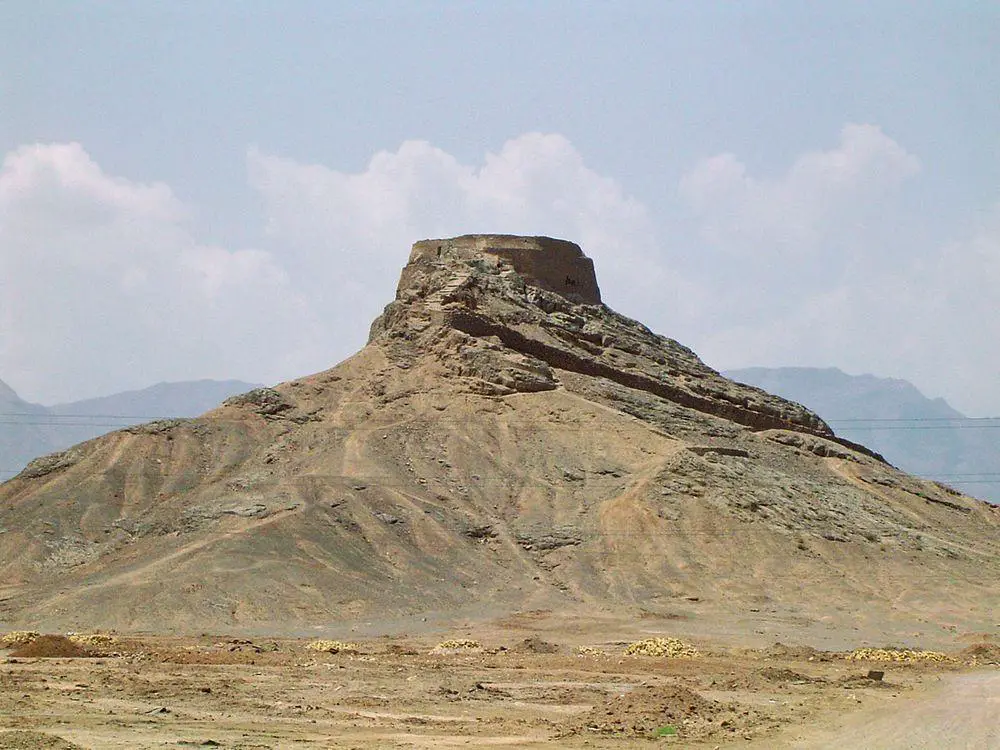
The historic center of Kerman
Kerman
Kerman city developed at the crossroads of trade routes. The city contains unique monuments of architecture such as the beautiful old markets – Bazaar Kohneh, Kerman Bazaar, and others. At the crossing of these market-streets, there is developed a complex of beautiful historical buildings – Ganjali Khan.
Jamé Mosque of Isfahan
Isfahan
One of the oldest mosques in Iran. Its construction started in 771 and since then has been almost continuous. Evolved into a harmonious, beautiful complex of buildings.
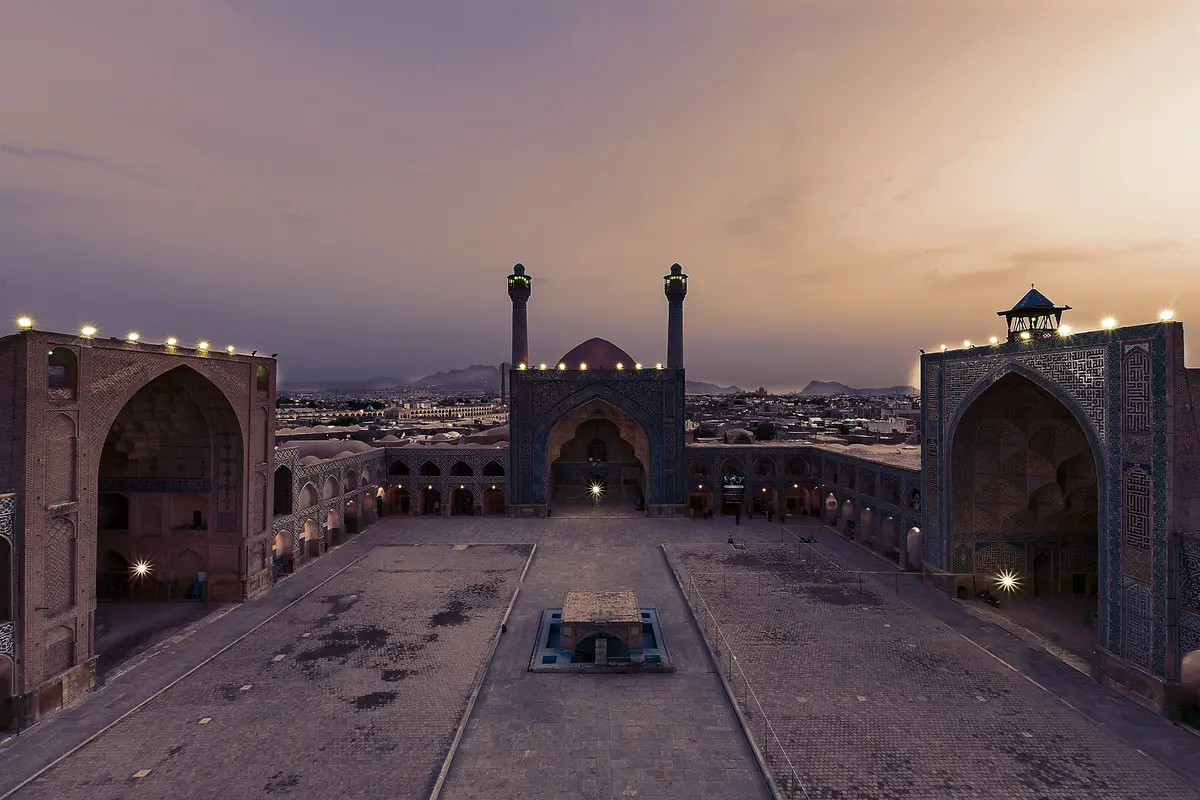
 Recommended books
Recommended books
Iran (Bradt Travel Guide)
Now into its fifth edition, Bradt’s Iran continues to provide the most detailed background, history, and cultural information available when visiting this ‘Jewel of Central Asia’. This new edition has been thoroughly reviewed to provide all the latest information, from updated history and cultural developments to security, language, and hotel prices, plus expanded practical information for independent travelers. Food and arts, rugs, and handicrafts are all covered, plus new details of skiing in Iran and recommended Iranian movies.
Land of the Turquoise Mountains: Journeys Across Iran
For Cyrus Massoudi, a young British-born Iranian, the country his parents were forced to flee thirty years ago was a place wholly unknown to him. Wanting to make sense of his roots and piece together the divided, divisive, and deeply contradictory puzzle that is contemporary Iran, he embarked on a series of journeys that spanned hundreds of miles and thousands of years through the many ebbs and flows of Iranian history.

